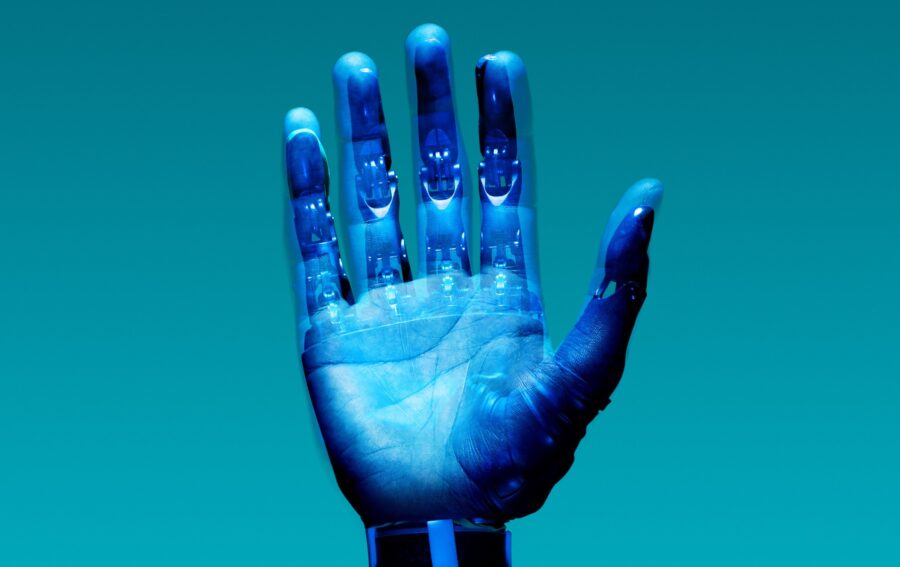OpenAI Is Working On A Humanoid Robot And It’s Time To Start Getting Terrified
OpenAI is developing a humanoid robot with Norwegian robotics company, 1X.

The year is 2023, and technological advancements have finally brought us into Terminator territory! At least we think so after catching wind of OpenAI’s efforts to build a humanoid robot worker using artificial intelligence, according to Futurism. Though full details of the project have yet to emerge, what we do know is that OpenAI has invested in Norwegian robotics company, 1X, and the end goal is to use artificial intelligence to create bipedal robot workers.
In an effort to “thoughtfully integrate emerging technology into people’s daily lives,” OpenAI’s collaboration with 1X $23.5 million worth of funding into 1X. If science fiction has taught us anything, it’s to exercise caution, especially when it comes to humanoid robots. But intentions seem to be pure, in the sense that both OpenAI and 1X want to put a humanoid robot in the workplace to make our lives easier.
But what exactly does this mean? If OpenAI successfully creates a bipedal humanoid robot capable of performing rudimentary, or even advanced job functions, how will this affect the job market? ChatGPT has already successfully proven itself to be able to write Hollywood movies, so only time will tell if humanoid robots can take on construction jobs, or even perform well in the medical sector.
We can only speculate what kind of advancements OpenAI could make in the field of humanoid robots. But what we hope is that these artificially intelligent beings could be used as a tool to make our jobs easier, and not eliminate them outright.
On one hand, if an OpenAI humanoid robot could perform cart pickup runs at the grocery store, then the staff could be relieved of some of the drudgery that allows them to perform their jobs without all the pesky side work. On the other hand, if OpenAI and 1X develop technology that allows humanoid robots to run the entire store, then we could potentially lose every single retail job overnight!
Since OpenAI CEO Sam Altman has been quite outspoken about using artificial intelligence to “benefit all of humanity,” we can’t help but wonder what the economic implications of humanoid robots in the workplace could possibly be. And we’ll probably have to wait until summer 2023 before 1X unveils their concept, which is aptly named NEO.
This isn’t the first time that OpenAI has dabbled in robotics. The first time around, they developed a humanoid robot hand that could solve a Rubik’s cube by itself, which is quite the party trick. But by combining their technology and resources with an actual robotics company, the sky’s truly the limit in what OpenAI and 1X could accomplish.
Needless to say, we’re quite excited, but our enthusiasm is also a bit guarded in light of these developments. In the case of OpenAI’s ChatGPT, there are checks and balances put in place to make sure college students aren’t using generative AI to write their term papers. But what happens when an OpenAI humanoid robot becomes more intelligent than its human counterparts in the workplace?
We’re not saying that we’re truly afraid of a humanoid robot revolution, but years of pop culture has primed us to be wary, to put it lightly. At the end of the day, it seems that OpenAI and 1X want to utilize advanced technology to make our lives, and our jobs easier. But if you have a friend who happens to be named Sarah Connor, you might want to give her a heads-up just in case things go south!












